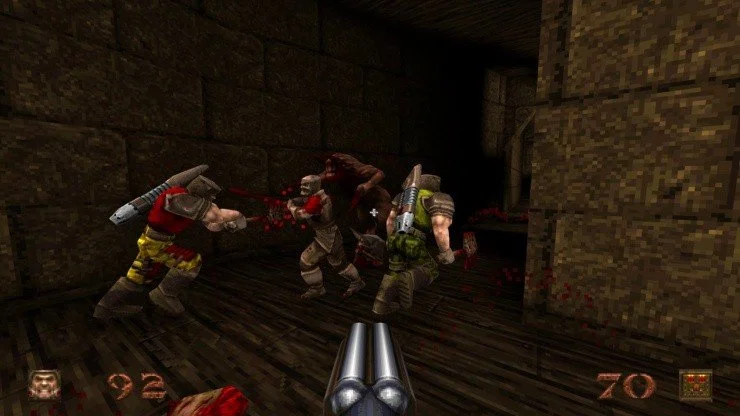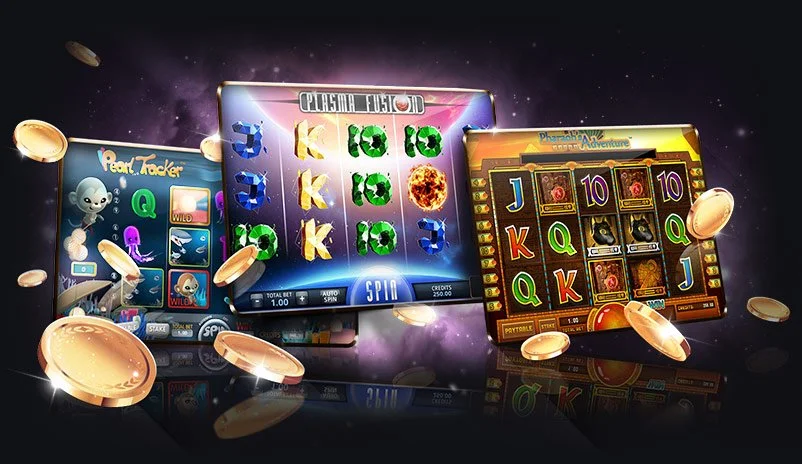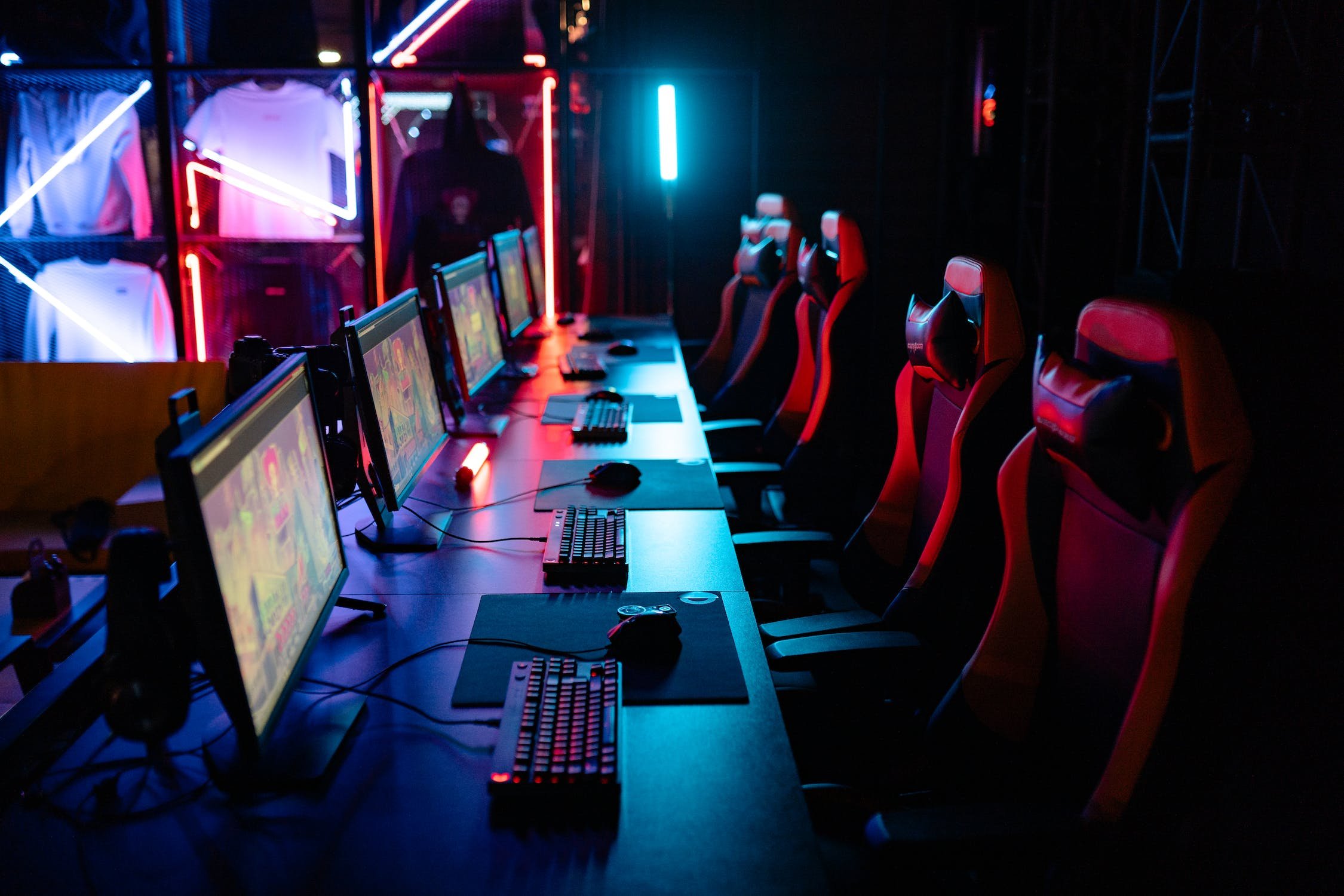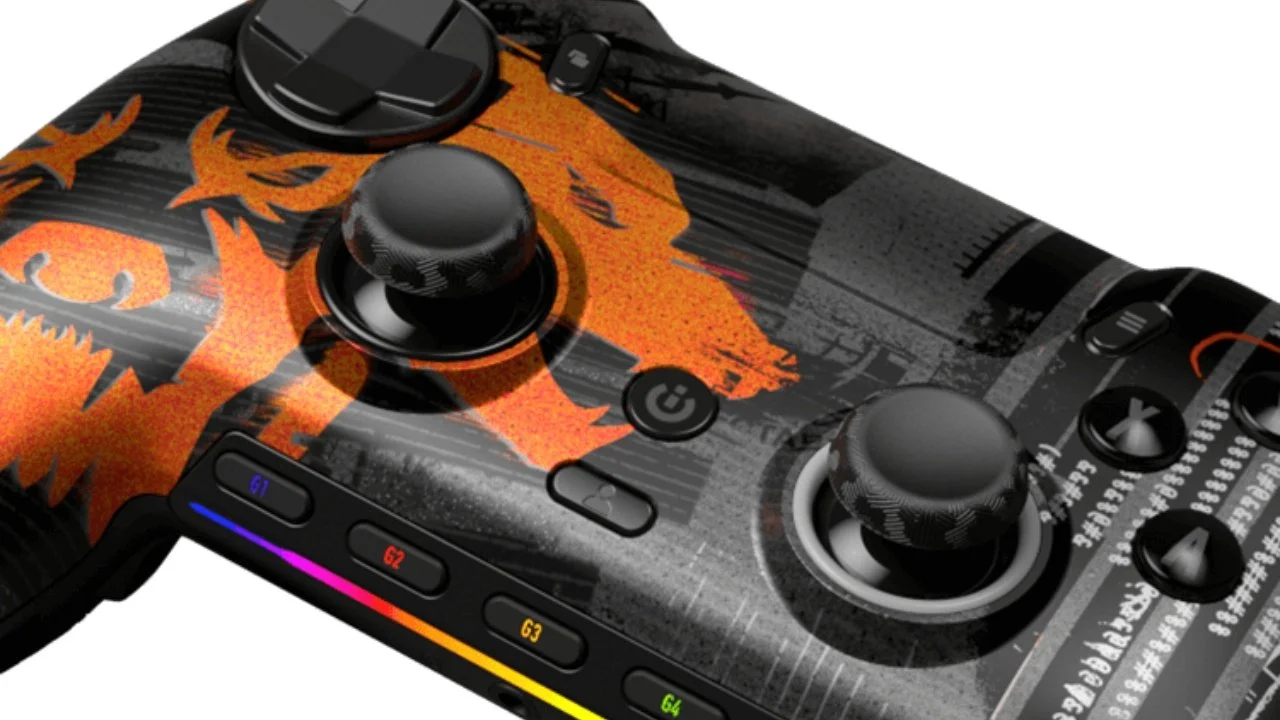Introduction
The gaming industry has undergone a remarkable transformation over the years, especially in the realm of graphics. From the pixelated designs of early arcade games to the current era of photo realistic and immersive graphics, this evolution has played a crucial role in enhancing the gaming experience. This article explores the journey of gaming graphics and their impact on the gaming world.
The Early Days of Pixel Art
In the early days of video gaming, graphics were predominantly pixel-based due to hardware limitations. Games like "Pac-Man" and "Space Invaders" showcased simple yet iconic designs that have become a nostalgic part of gaming history. These pixel graphics laid the foundation for the visual language of gaming.
The Shift to 3D Graphics
The 1990s marked a significant shift with the advent of 3D graphics, revolutionising how games were experienced. Titles like "Doom" and "Quake" brought a new level of depth and realism, allowing players to explore gaming worlds with unprecedented immersion. This era set the stage for the advanced 3D graphics we see in games today.
The Age of Photorealism and High Definition
Today, we're in an age where games are pushing the boundaries of photorealism. Advances in technology have enabled developers to create stunningly realistic environments and characters. Games like "The Last of Us Part II" and "Red Dead Redemption 2" exemplify the incredible detail and lifelike graphics that modern consoles and PCs can achieve.
The Role of Graphics in Immersive Gameplay
Graphics play a critical role in creating immersive gaming experiences. High-quality graphics can enhance storytelling, create more engaging and believable worlds, and improve overall gameplay. They allow players to connect more deeply with the game, heightening the emotional and sensory involvement.
Future Trends: Virtual Reality and Beyond
The future of gaming graphics lies in technologies like virtual reality (VR) and augmented reality (AR). These technologies promise to deliver even more immersive and interactive experiences, blurring the lines between the virtual and real worlds. As hardware and software continue to advance, the possibilities for what can be achieved graphically are seemingly limitless.
Impact of Graphics on Game Development
As graphics technology advances, the process of game development also evolves. High-end graphics require more resources and time to develop, leading to larger teams and longer development cycles. This shift impacts the economics of game production, with a greater emphasis on blockbuster titles. However, it also opens up new creative possibilities, allowing developers to explore complex themes and narratives with a depth that was previously unattainable.
Graphic Evolution in Indie and Retro Gaming
While mainstream gaming continues to push the boundaries of realism, there's a thriving scene of indie and retro gaming that embraces simpler graphic styles. Pixel art, for instance, has seen a resurgence, with indie developers using this style to create games that are both visually appealing and nostalgically resonant. These games prove that compelling gameplay and artistic creativity are not solely dependent on high-end graphics.
The Role of Graphics in eSports
In the world of eSports, graphics play a significant role in both the gaming experience and the viewing experience for spectators. High-quality graphics make games more enjoyable to watch, attracting larger audiences and elevating eSports to a level comparable to traditional sports broadcasting. As graphics continue to improve, they will likely contribute to the growing popularity and legitimacy of eSports around the globe.
Embracing the Evolution of Gaming
As gaming continues its graphic evolution, platforms like Fruity Slots adapt to these changes, continuously offering players the best in both visual and gameplay experiences. For casino game enthusiasts, Fruity Slots provides a portal to the most visually impressive and engaging online slots, reflecting the broader trends in gaming graphics. Whether in mainstream gaming or online casino platforms, the commitment to visual excellence remains a constant, driving the industry forward and enhancing the player experience.
The journey from pixels to photorealism in gaming graphics is a testament to the incredible advancements in technology and artistry within the gaming industry. As we look forward to future innovations, the potential for even more realistic and immersive gaming experiences is boundless. For gamers who appreciate both video and casino gaming, resources like Fruity Slots offer a window into this ever-evolving world, showcasing the best of what gaming, in all its forms, has to offer visually.


















